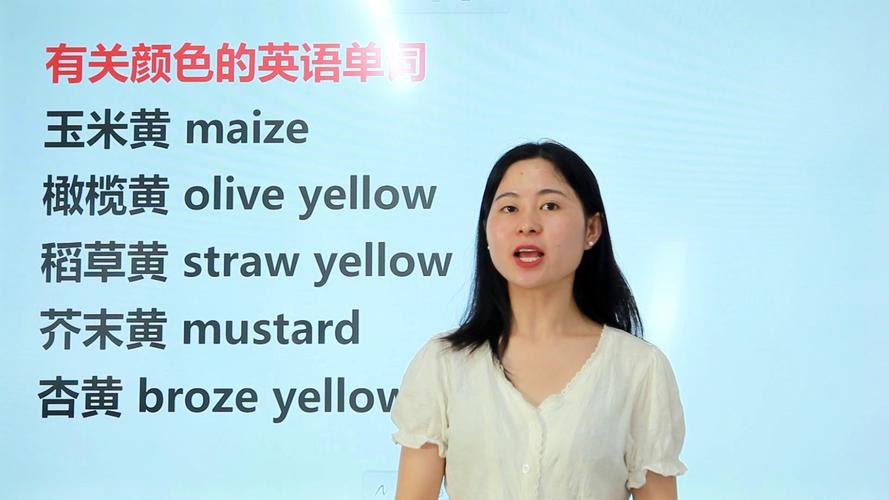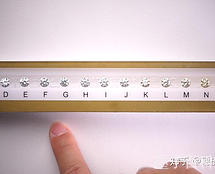
The word choices of colors can vary in different contexts and cultures. In the field of design, the use of specific colors plays a crucial role in communicating messages and evoking emotions.
One such color is “turquoise.” It is a vibrant hue, resembling the color of the gemstone. Turquoise often symbolizes calmness and serenity, evoking feelings of tranquility and balance. Its blue-green shade makes it ideal for representing concepts related to nature, such as water and lush landscapes.
Another color worth mentioning is “magenta.” This intense, purplish-red hue stands out and grabs attention. Magenta is often associated with creativity, passion, and boldness. Its eye-catching nature makes it a popular choice for advertising and marketing materials, as it can create a memorable and impactful impression.
Moving on to “mustard yellow,” this warm and earthy color has gained popularity in recent years. It brings a touch of nostalgia and vintage charm to designs. Mustard yellow is often used in fashion, home decor, and graphic design, as it adds warmth and a sense of uniqueness to various visual elements.
Lastly, “indigo” deserves attention. This deep shade of blue carries a sense of mystery and spirituality. Indigo is often associated with wisdom, intuition, and higher consciousness. In the world of fashion and branding, indigo is a versatile color that adds sophistication and elegance to products and designs.
In conclusion, colors hold immense power in influencing emotions and conveying messages. Whether it’s the soothing turquoise, attention-grabbing magenta, nostalgic mustard yellow, or mysterious indigo, each color has its unique charm and purpose. As designers and communicators, it is essential to understand the psychological and cultural impact of colors to effectively connect with the intended audience.














